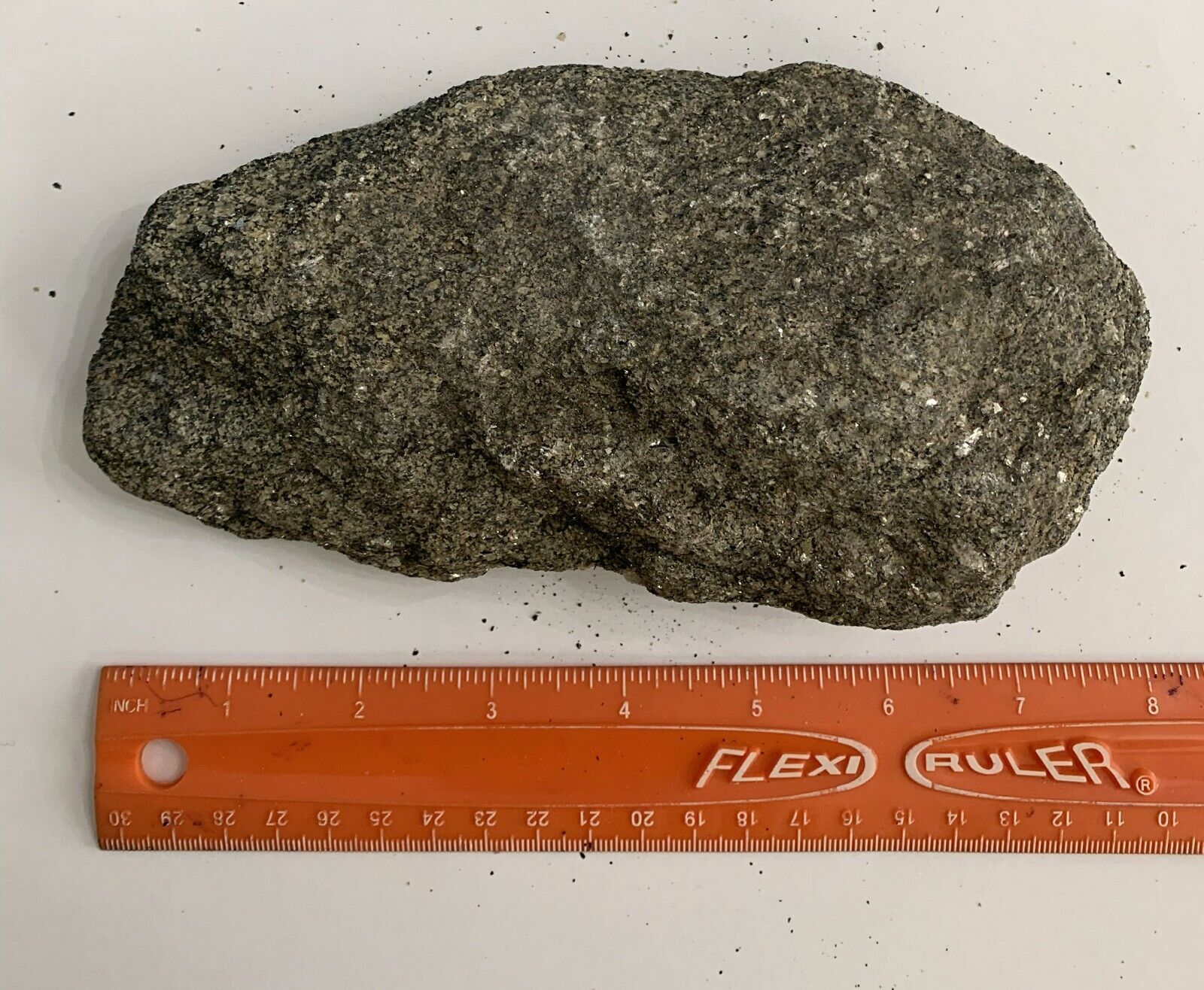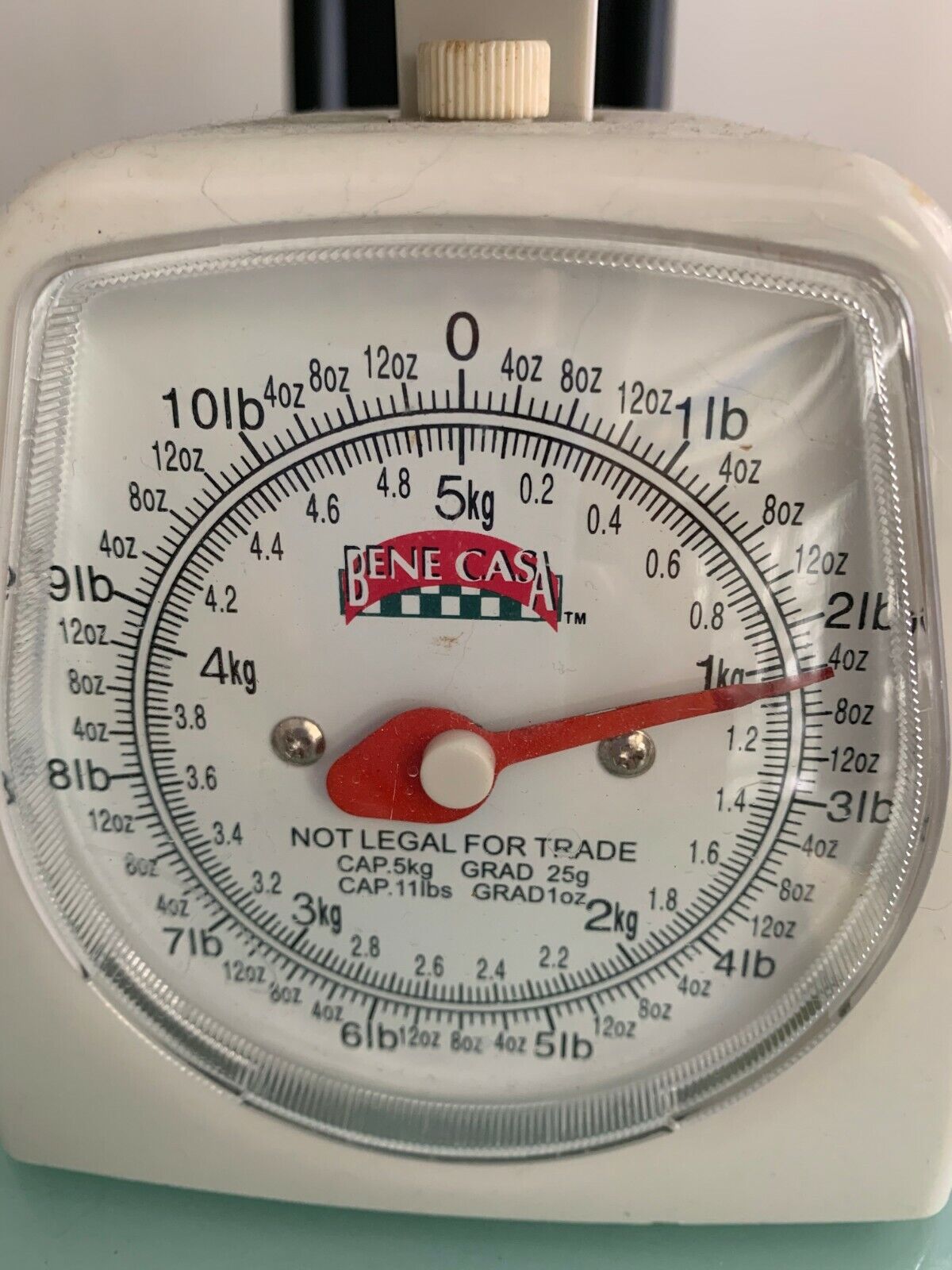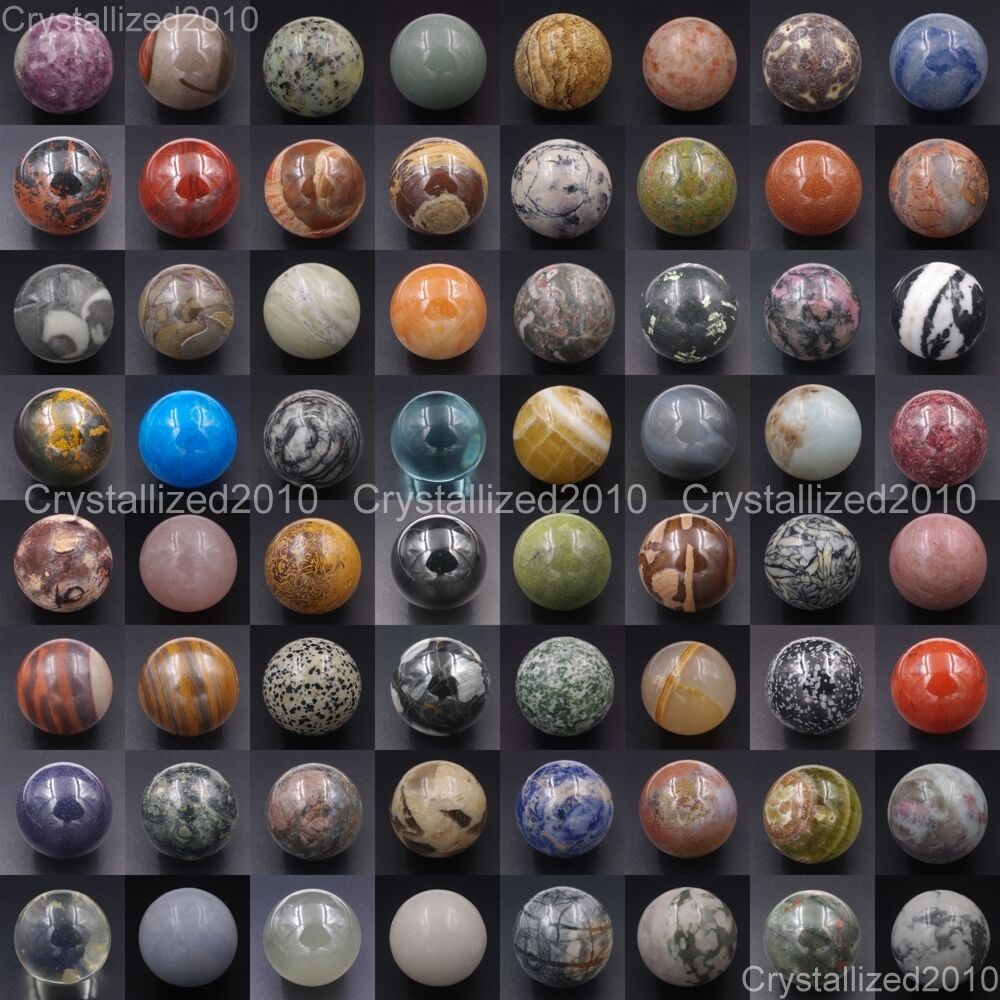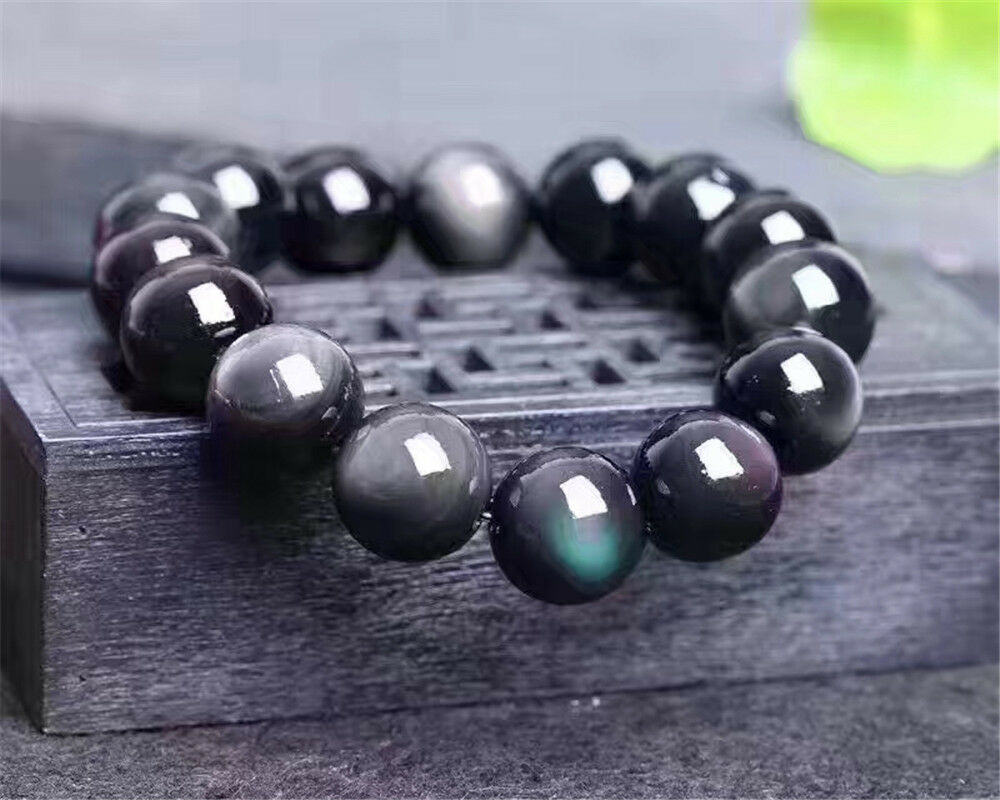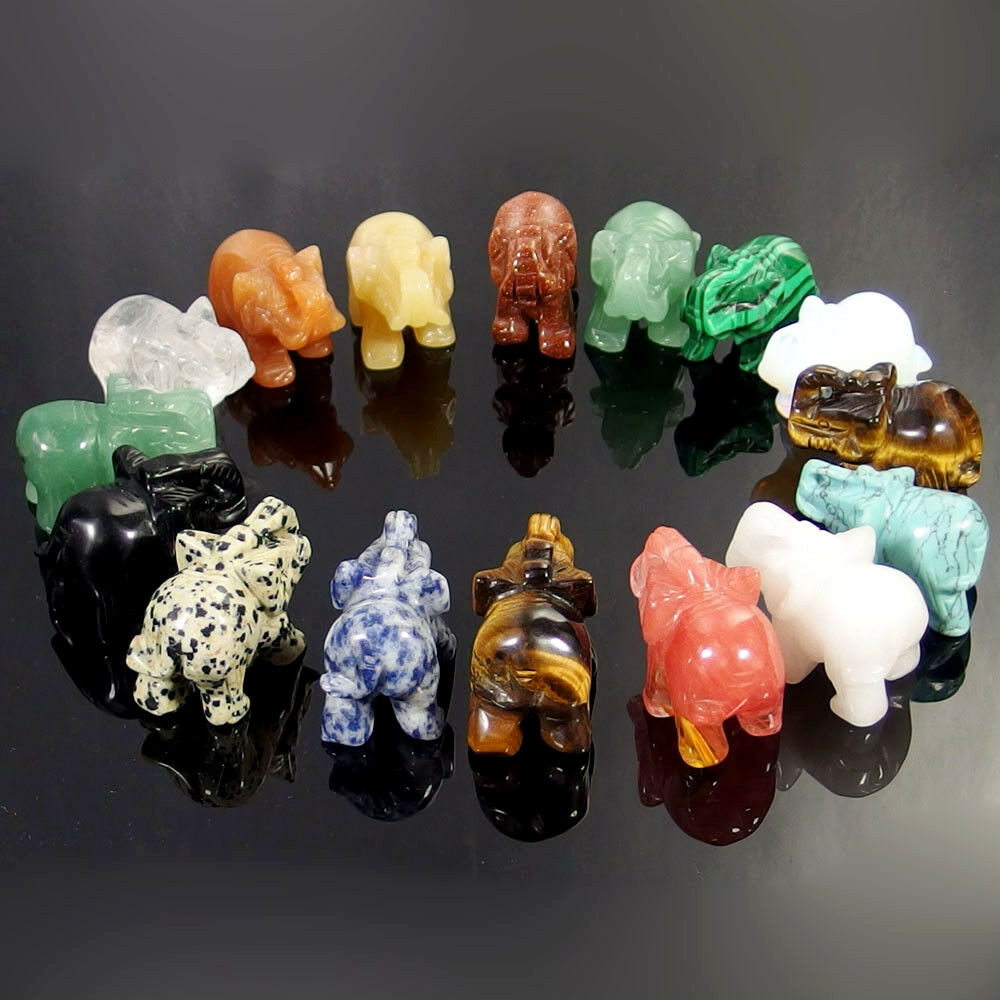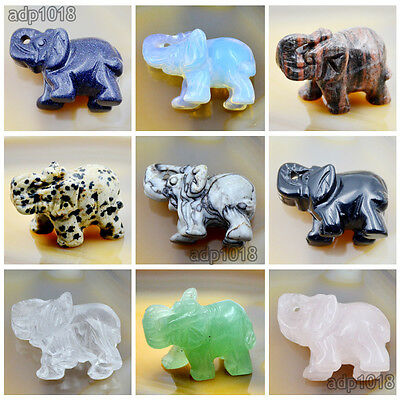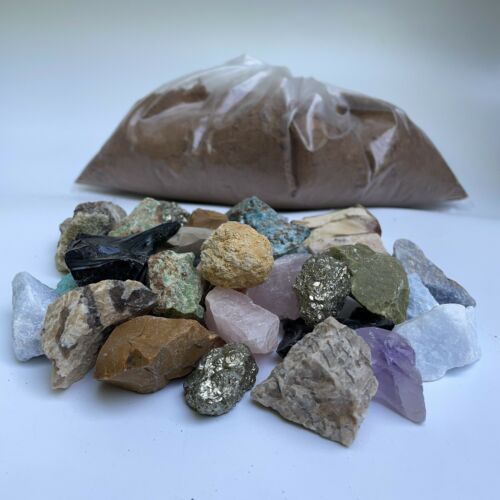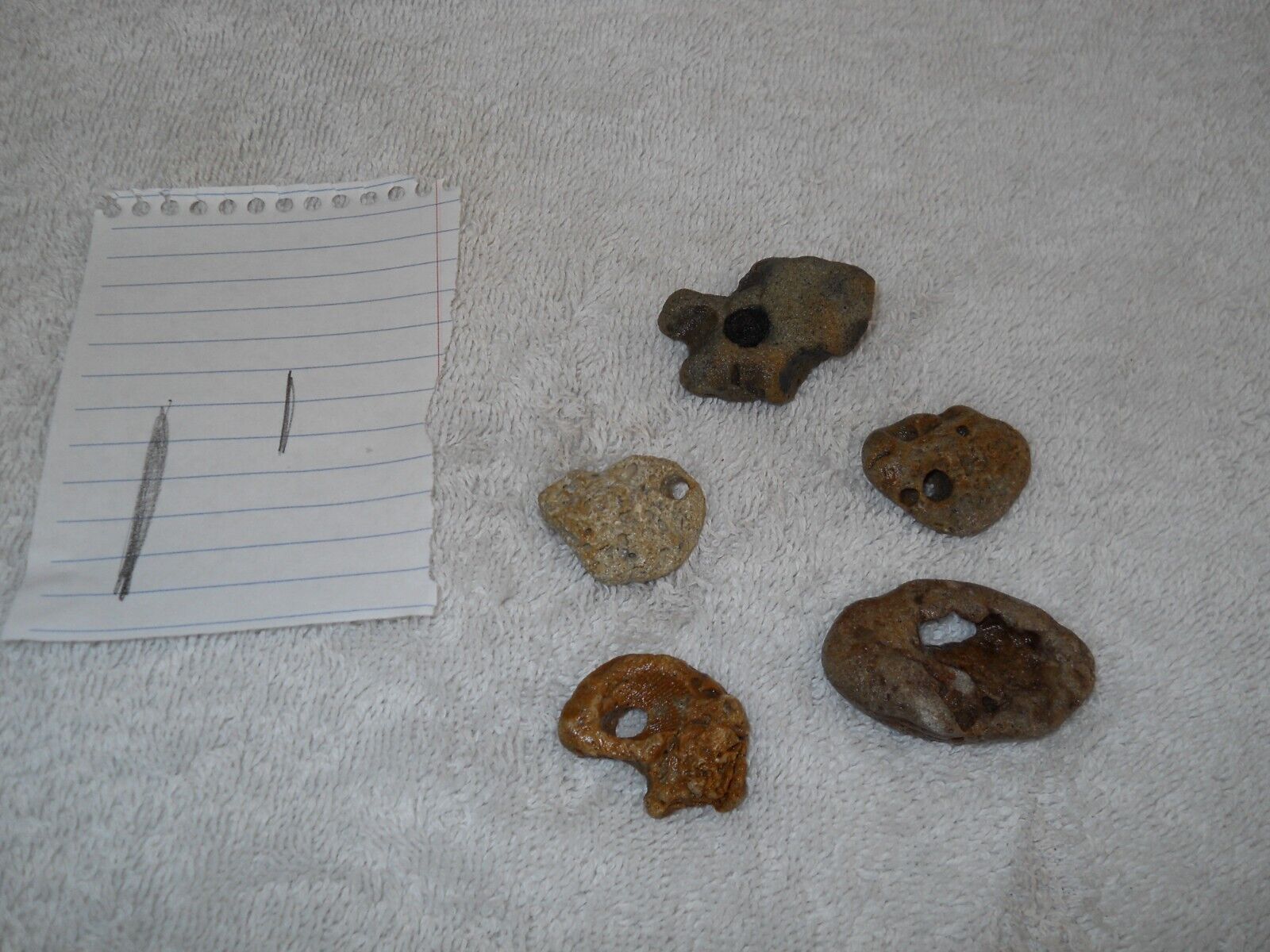-40%
500 MILLION YEAR OLD MANHATTAN BEDROCK/ SCHIST OWN A PIECE OF NYC !!🗽
$ 23.76
- Description
- Size Guide
Description
THE PIECE THAT I AM SELLING CAN BE SEEN IN THE VERY FIRST PICTURE . IT WEIGHS 2 lbs 4 OZ AND THE SIZE IS 8" IN LENGHT !I am selling a truly unique and amazing gift of New York City , its 500,000,000 year old Manhattan Bedrock/Schist . This rare bedrock was obtained when I was working on a construction job in New York City 2002. The job was the renovation of Carnegie Hall located at 881 7th Ave when they were building Zankel Hall which is located directly below Carnegie Hall
. I worked for Laborers Union Local 79 in NYC, which the home office was located at 520 8th Ave. During my time working on the jobsite I was able to collect and save a few pieces of Bedrock (about 80 lbs) for myself. I am now selling pieces of Bedrock/Schist as I only would like to keep 1-2 pieces for myself now. If you look closely, you can see bits of quartz that has formed over the millions of years in the bedrock. Enclosed is the link to the article that verifies where the bedrock came from when I worked in NYC. I now live in Tampa FL, but having the Bedrock helps me feel that I'm connected to the City that I called home for 45 years. I'm sure there are numerous people out there like myself who truly love NYC and would like to have a unique gift of their own. If you copy and paste the link below, you will be able to see the story from The New York Times that will verify where the bedrock came from. I am unable to post the link as eBay states its not allowed due to their their policy.
https://www.nytimes.com/2000/01/30/nyregion/carnegie-hall-grows-only-way-it-can-burrowing-into-bedrock-crews-carve-new.html
I sent a sample of my rocks to renowned Geologist Dr Charles Merguerian who has done extensive studies in the bedrock of Manhattan, and this was his reply,
Hi Jimmy - Just called you and left a message. This is definitely Bedrock known as Hartland Schist and it is injected by some granitic material that stitches rock together to form a compact rock sample. Migmatite is the word we use for such rocks. Thanks again for sending this to me and feel free to call if you want to discuss further.
When I showed my Bedrock to another Geologist, this was his reply to me,
Thank you for your message and attached photos.The specimen was collected from the Carnegie Hall site and hence represents bedrock. The bedrock at this location has been mapped as belonging to the Hartland Formation. The dominant rock types are pelitic schists and amphibolites of Cambro-Ordovician age. Schists and amphibolites belong to the metamorphic class, and were formed at great depths within the Earth, perhaps forming the core of an ancient mountain belt that became exposed over the eons from uplift and erosion. It appears to consist principally of grains of grey-white quartz and silvery plates of muscovite mica. It could perhaps contain grains of light-colored feldspar and even flecks of dark-colored minerals such as biotite mica and tourmsline, but it is impossible to be sure from the photos. My best guess is that you have a sample of a leucosome ("light-colored body") that frequently occurs in the Hartland. Light-colored minerals have very low melting points and are formed from mineral-rich fluids at the very end of the metamorphic crystallization process. Alternately, the sample could be referred to as a pegmatite. A pegmatite is a rock which is light colored, consists of quartz, feldspar, and mica, and perhaps exotic minerals such as tourmaline, beryl, and topaz. If you do a Google Image Search for the Hartland Formation you will see photos of schists and amphibolites rock chock full of leucosomes that are usually lensoid in shape and may be folded. I also have photos of the Hartland on my website. You have a very interesting piece of 500 million-year-old Manhattan bedrock in your possession. I hope this information proves useful. Have a great Easter weekend.
Another Geologist stated the following,
Hello Jimmy,
The photograph shows a muscovite schist or schistose gneiss. The rock most likely belongs to the stratigraphic unit known as Manhattan Schist. It is a metamorphic rock, formed from muddy sediments that were deeply buried during a mountain-forming event (collision between tectonic plates). Those sediments would have originated as a deposit in a marine basin around 560 million years ago, and then soon after became a sedimentary rock. That sedimentary rock was initially metamorphosed around 450 million year ago, but the large mica grains that you readily see in your rock crystallized around 293 million years ago. After that, the overburden on top of your rock was gradually eroded away, until the site was exposed in the Carnegie Hall excavation.
I'm glad that that you are interested in rocks!
Feel free to ask any questions you may have. Thanks for looking !!
